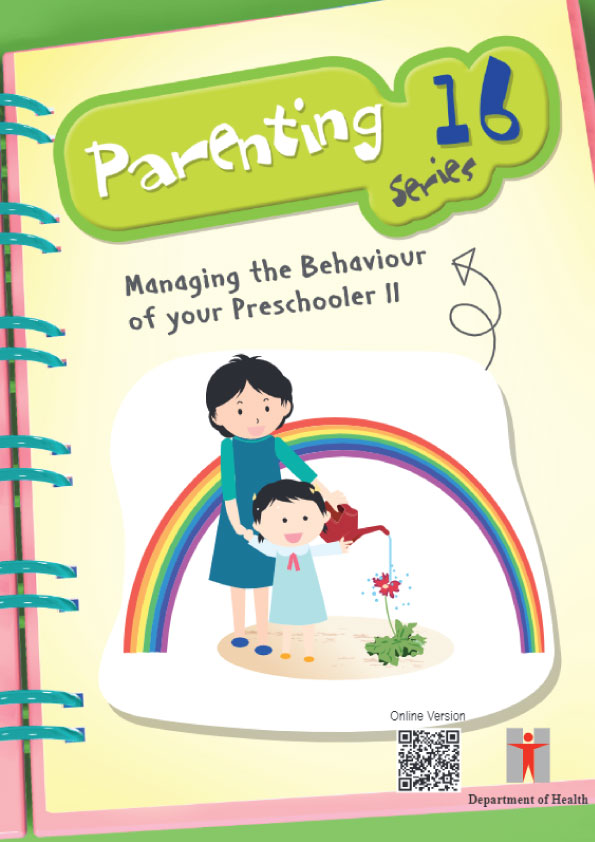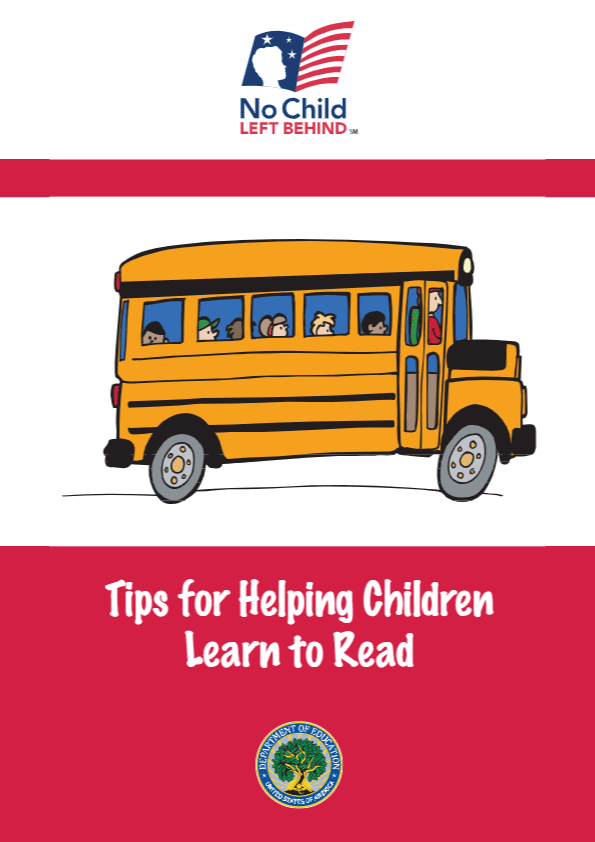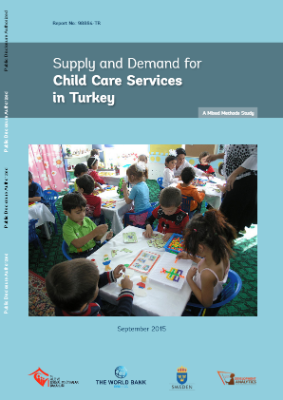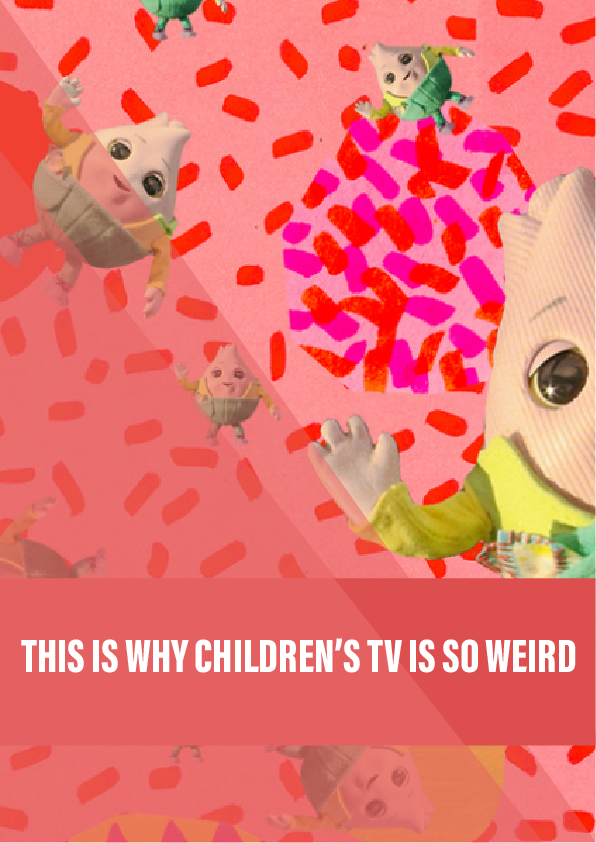Managing Undesirable Behaviour
Minor misbehaviour must be dealt with promptly to prevent it from getting worse. Very often, this can be done in mild but effective ways such as ignoring minor misbehaviour. Some behaviour management strategies (e.g. time out) are to be used sparingly as they are reserved for serious problem behaviour. Frequent use of them is likely to lead to parent-child confrontation and brings escalating emotions and situations. Always have back-up strategies in case your child does not listen. Talk about back-up consequences when you discuss rules with her. By doing so, you can plan in advance what to do and prepare her for the consequence of her behaviour.
Prevention is better than cure
- Make your home child-proof to limit your child’s undesirable behaviour. This means installing child-proof devices such as putting up a gate to keep him away from dangerous places; or locking up things you do not want him to reach such as valuables or candies.
- Prepare interesting activities such as building blocks, drawing and pretend play for him to engage in. When he is busy, he will have less time to get bored, whine for your attention or get into trouble.
- Set rules and routines with your child so that he can learn to do what is expected regularly. For instance, it will be time to brush teeth and get ready for bed after his favourite TV show. Talk about the reward and consequence with him. You can remind him of the routine shortly before the time.
Ways to manage misbehaviour
1. Planned ignoring
- When your child has some minor problem behaviour which is non-harmful and maybe just attention seeking (e.g. lifting up a toy in the air while checking your response), you should withdraw your attention totally – including looking or shouting at her.
- Once she stops the misbehaviour, give her attention immediately by talking to her and divert her attention, e.g. ‘You’re a good girl for playing so quietly. You put on a nice dress for Barbie. Where is she going?’ Find opportunity to praise her appropriate behaviour as soon as possible.
- When you use this strategy, be prepared that the problem behaviour may get worse initially as your child wants to get your attention. Be persistent and keep ignoring. She will learn doing that will not work and thus gradually decrease the problem behaviour.
2. Consequences
- Instead of using negative disciplines such as shouting and spanking, different consequences may be applied when your child does not follow the rules (examples are listed in the table below):
- Logical consequence – When your child does not follow rules, you may take away his privilege which fits the situation. Usually it involves removing the activity or the toy that is the centre of the problem.
- Quiet time – Take you child to the edge of the activity. Let him sit aside for a certain period of time while he can still watch others. During quiet time, no attention should be give to him. If he refuses to sit down, you may gently hold him down in the seat.
- Time out – The consequence applies to more serious or disruptive behaviour. The strategy is similar to quiet time except that the child will be taken to a room or a place away from others, The place has to be safe, well-lit and lack of interesting things. When you use time out, never put it as a harsh punishment to threaten the child and make him frightened.
- The effectiveness of the 3 consequences above is not counted by the length of time. Logical consequence usually works best within 30 minutes. For quiet time and time out, 5 minutes is usually long enough for young children. Quiet time or time out should start when your child stops to protest so that he will know yelling does not help him to get out of the quiet time or time out. After the set time, let him return to the activity and praise him as soon as there is appropriate behaviour. Do not preach to him immediately when he comes out of the set consequence to avoid upsetting him again.
- The table below shows the steps in dealing with not following rules:
Steps e.g. Not Sharing e.g. can’t control emotion /hitting e.g. refuse to follow instruction to start another activity Go near the child, Tell the child clearly what to stop doing and what to do instead ‘Mandy, please leave the toy. Let others have a go.’ ‘Ted, stop hitting your sister. Keep your hand to yourself.’ ‘Cheri, the show is over. Please turn off the TV and go to brush your teeth.’ Allow time for the child to respond Wait for 5 seconds Wait for 5 seconds Wait for 5 seconds Give praise if the child cooperates ‘Thank you for following the rule,’ ‘You did well to control yourself.’ ‘Thanks for being cooperative.’ If the child refuses to cooperate, tell the child what has been done wrong and the consequence Apply the logical consequence, ‘You haven’t shared with others. I have to take away the toy for 3 minutes.’ ‘You haven’t stopped hitting your sister. Now go to quiet time for 2 minutes.’ Repeat the instruction under this situation. Give consequence if the child still refuses to do the task. ‘You haven’t done as I asked. Now go to quiet time for a minute.’ When the time is up, return the activity. The time is over. This is your toy.’ ‘The time is over. You may go to play again, ‘You may come out of quiet time and go to brush your teeth now.’ Watch the child for behaving well and give praise. ‘It’s nice that you know how to share with others.’ ‘I’m pleased that you can play quietly.’ ‘You are doing a good job brushing your teeth.’ If the problem arises again, use the back-up. ‘You are still refusing to share. This time I have to take away the toy for 4 minutes.’ ‘You are still hitting your sister. Now go to time out for 3 minutes.’ ‘You still do not do as I asked. Now go to time out for 2 minutes.’ If the child still does not listen, use back-up again ‘You are still not cooperating. You have to go to quiet time for 3 minutes.’ ‘You are still not cooperating. Now go to time out for 4 minutes.’ ‘You are still not cooperating. Now go to time out for 3 minutes.’
Dealing with ‘high risk’ situations
If problem behaviour often occurs in certain situations, such as your child will dash about whenever she is in supermarket, these are the ‘high risk’ situations. You will need to prepare in advance to reduce the chance of the behaviour occurring. Talk about rules for the situation with your child. Set rewards for following rules and consequence for misbehaviour. Prepare some toys or engaging activities that you can use to keep her entertained. You may ask her to help pushing the cart, talk with her about the colours of goods or count the number of aisles with her in the supermarket. You may bring stickers or stamps with you for rewarding her appropriate behaviour immediately. Praise her for behaving well. Initially, keep the time of the planned activity brief. Lengthen the stay gradually when she shows progress. Review with her her behaviour after the situation. To give encouragement to the child, praise her for things she did well before discussing with her an area to be improved the next time.
Remember that the positive behaviour management strategies only work well when you have a good relationship with your child. Give attention to his positive behaviour, talk and have fun with him. By doing so, there will be less behaviour problem in the child too.











